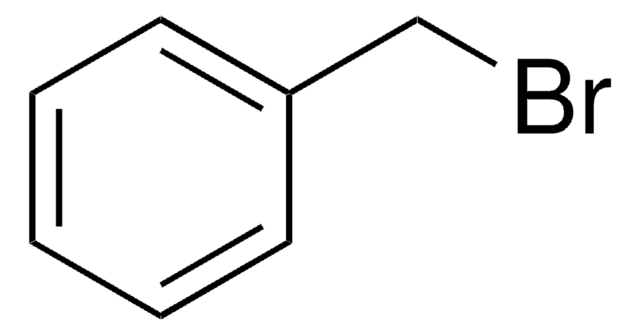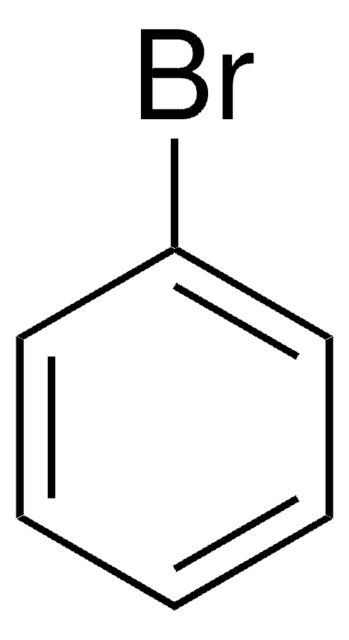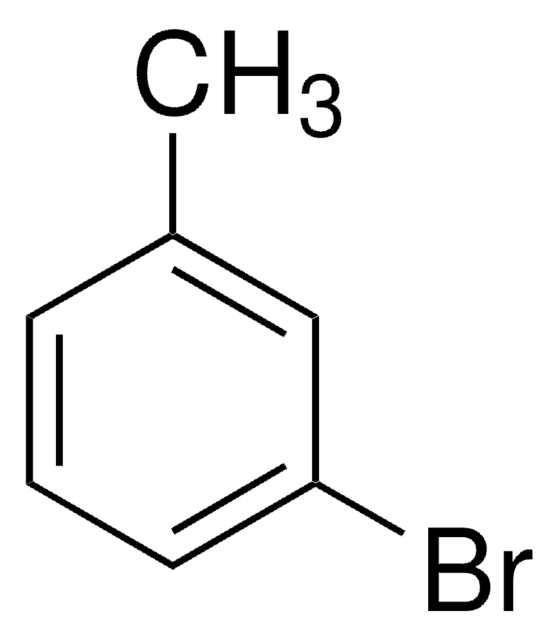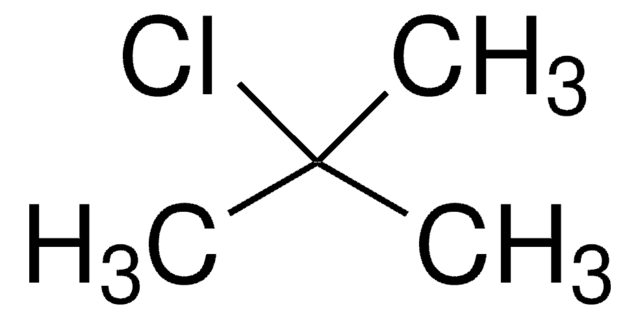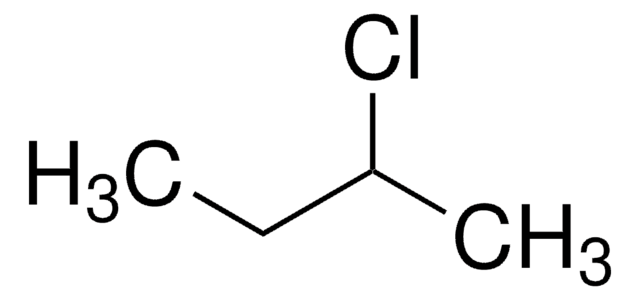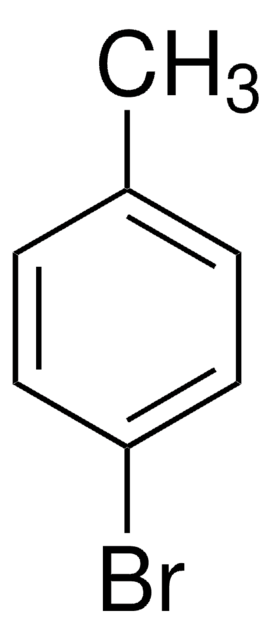185558
Benzyl chloride
ReagentPlus®, 99%, contains ≤1% propylene oxide as stabilizer
Synonyme(s) :
α-Chlorotoluene
About This Item
Produits recommandés
Densité de vapeur
4.36 (vs air)
Niveau de qualité
Pression de vapeur
10.3 mmHg ( 60 °C)
7 mmHg ( 55 °C)
Gamme de produits
ReagentPlus®
Pureté
99%
Forme
liquid
Température d'inflammation spontanée
1085 °F
Contient
≤1% propylene oxide as stabilizer
Limite d'explosivité
14 %
Indice de réfraction
n20/D 1.538 (lit.)
Point d'ébullition
177-181 °C (lit.)
Pf
−43 °C (lit.)
Solubilité
0.46 g/L at 30 °C (Decomposes in contact with water)
Densité
1.1 g/mL at 25 °C (lit.)
Chaîne SMILES
ClCc1ccccc1
InChI
1S/C7H7Cl/c8-6-7-4-2-1-3-5-7/h1-5H,6H2
Clé InChI
KCXMKQUNVWSEMD-UHFFFAOYSA-N
Vous recherchez des produits similaires ? Visite Guide de comparaison des produits
Catégories apparentées
Description générale
Application
- A benzylating agent for the benzylation of benzene and other aromatic compounds.
- A reactant for the preparation of 4-methoxydiphenylmethane by Friedel-Crafts alkylation with anisole.
It can also be used to introduce the benzyl protecting group to alcohols and carboxylic acids by forming corresponding benzyl ether, and benzyl ester, respectively.
Informations légales
Mention d'avertissement
Danger
Mentions de danger
Classification des risques
Acute Tox. 3 Inhalation - Acute Tox. 4 Oral - Carc. 1B - Eye Dam. 1 - Muta. 1B - Skin Irrit. 2 - Skin Sens. 1 - STOT RE 2 Oral - STOT SE 3
Organes cibles
Heart,forestomach, Respiratory system
Code de la classe de stockage
6.1A - Combustible acute toxic Cat. 1 and 2 / very toxic hazardous materials
Classe de danger pour l'eau (WGK)
WGK 3
Point d'éclair (°F)
152.6 °F - closed cup
Point d'éclair (°C)
67 °C - closed cup
Équipement de protection individuelle
Eyeshields, Faceshields, Gloves, type ABEK (EN14387) respirator filter
Faites votre choix parmi les versions les plus récentes :
Déjà en possession de ce produit ?
Retrouvez la documentation relative aux produits que vous avez récemment achetés dans la Bibliothèque de documents.
Les clients ont également consulté
Notre équipe de scientifiques dispose d'une expérience dans tous les secteurs de la recherche, notamment en sciences de la vie, science des matériaux, synthèse chimique, chromatographie, analyse et dans de nombreux autres domaines..
Contacter notre Service technique